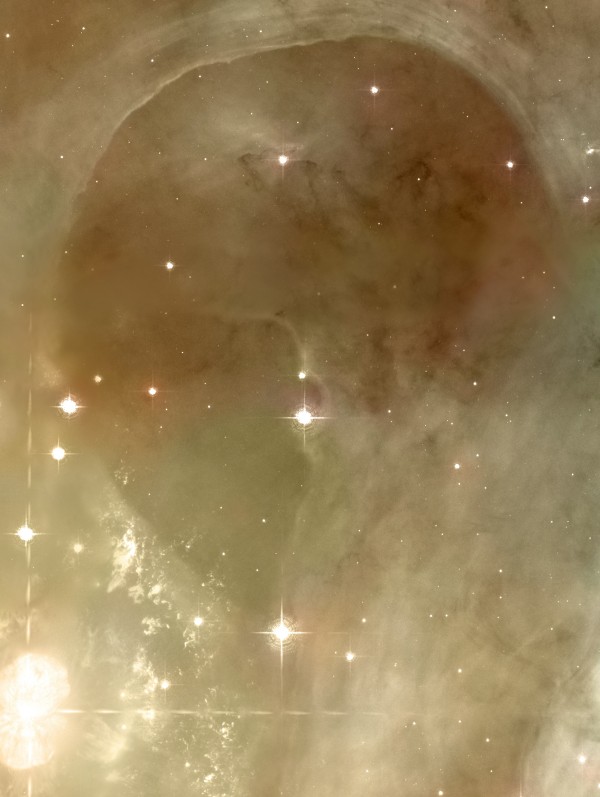“This method of viewing the heavens seems to throw them into a new kind of light. They are now seen to resemble a luxuriant garden, which contains the greatest variety of productions, in different flourishing beds; and one advantage we may reap from it is, that we can, as it were, extend the range of our experience to an immense duration.” -William Herschel
When a large molecular cloud of gas begins to collapse under its own gravity, whether spontaneously or triggered by a "nudge" in space, the runaway process leads to many new star clusters, which in turn lead to ionization, ultraviolet radiation, shocks, stellar winds and supernovae.
 Image credit: NASA, ESA, N. Smith (University of California, Berkeley), and The Hubble Heritage Team (STScI/AURA).
Image credit: NASA, ESA, N. Smith (University of California, Berkeley), and The Hubble Heritage Team (STScI/AURA).
These can then trigger new generations of stars, as the gas takes a long time to evaporate. This is exactly what's been taking place in the Carina Nebula for the past three million years, with much more to come as time goes on.

